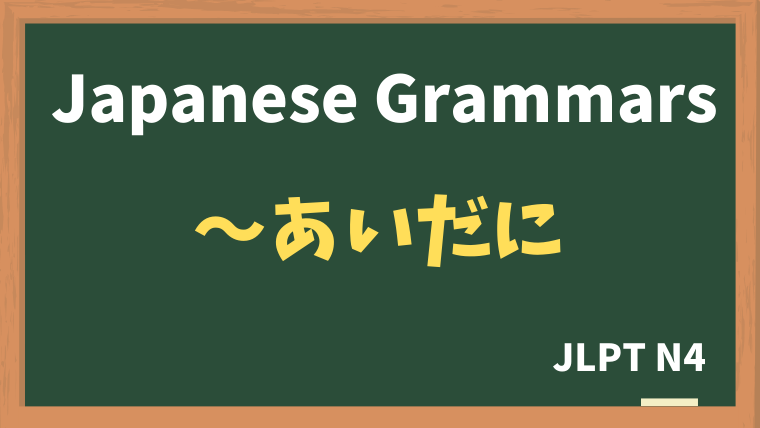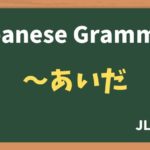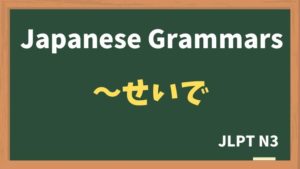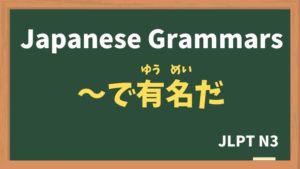
Explanation:AあいだにB
fa-check-circleMeaning
"B takes place, while A."
Used to indicate that an action or event happens at some point within a specific time frame while another continuous action or state is ongoing. It can be translated as "during," "while," or "in the meantime," depending on the context, and it emphasizes that the action occurs within the period but not continuously throughout it.
fa-check-circleForm
V(dictionary form / ている / nai form) + あいだに
Nの + あいだに
fa-check-circlePoints
- Point of Action: "〜あいだに" signals a one-time action or event occurring within the duration of an ongoing state or activity.
- Within a Timeframe: It highlights that the action is limited to a point within a certain period.
- Focus on Timing: Unlike "〜あいだ," which indicates continuous action, "〜あいだに" focuses on an action that takes place at a specific time during the period.
fa-check-circleJLPT Level
N4
Sample sentenes
ゆうべ、寝ている間に 地震が ありました。
There was an earthquake while I was sleeping.
お風呂に 入っている間に 友達から 電話がありました。
I received a phone call from my friend while I was taking bath.
電車に 乗っている間に メールが 来ました。
I received an email while I was riding the train.
春休みの間に、引っ越しました。
I moved to a new house during the spring vacation.
独身の間に、 色々な 国を 旅行したい。
I want to travel to various countries while I am single.
大学生の間に たくさん 遊びたい。
I want to have fun a lot while I am a college student.
Vocabulary
| Japanese | English |
| ゆうべ | last night |
| じしん | earthquake |
| ひっこします | to move (to another place to live) |
| どくしん | single |
| いろいろな | various |
Differences with "〜あいだ"
While "〜あいだ" describes continuous action or state throughout the entire period, "〜あいだに" focuses on something occurring at a particular point within the period.
こどもが ひるねしているあいだ、私は本を読んでいました。
While my child was napping, I was reading a book.
– Indicates continuous reading during the nap.
こどもが ひるねしているあいだに、電話がなりました。
While my child was napping, the phone rang.
– Indicates that the phone rang once during the nap.







